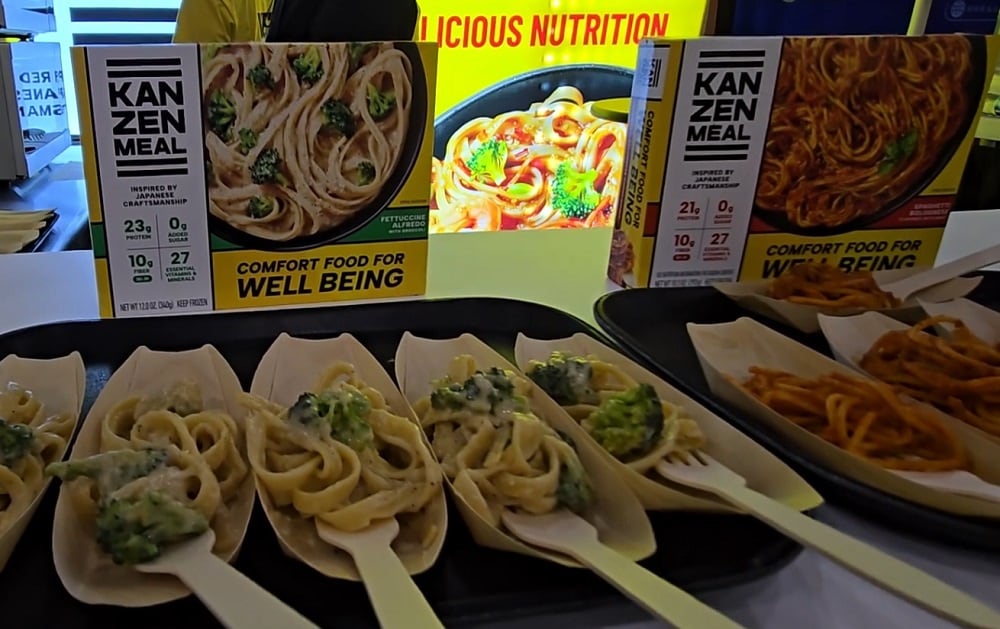As the global wellness market accelerates toward $9 trillion, gut health, metabolic trends and consumer demands for transparency are reshaping the future of food, nutrition and lifestyle.
The global wellness economy is exploding with a new report from the Global Wellness Institute projecting it will expand by 7.3% annually to reach nearly $9 trillion by 2028 - far outpacing the global GDP forecast of 4.8% and making it 26% larger than it was pre-pandemic.
According to NielsenIQ’s (NIQ) 2025 Global Health & Wellness Report, this surge is driven by more informed consumers with higher wellness literacy, growing mistrust of marketing claims and longer lifespans that encourage proactive health habits.
As wellness becomes a lifestyle, key trends shaping the market include a rising focus on nutrition and gut health, the mainstreaming of weight-loss and GLP-1 drugs, increased adoption of health-focused tech tools and a shift toward conscious, values-based consumption.
Gut health takes center stage
Gut health is becoming a key driver of consumer purchasing decisions.
According to NielsenIQ, 53% of consumers plan to buy more high-fiber foods, while 40% are seeking superfoods, plant-based products and items rich in probiotics. This shift reflects a growing awareness of the connection between digestive health and overall well-being.
Key categories on the rise:
- Fermented foods like kombucha, kimchi and kefir
- Prebiotic/probiotic-enhanced snacks and drinks
- Fiber-forward products with chicory root, oat fiber or resistant starch
- Low-FODMAP and clean-label options targeting sensitive digestive systems
As a side note, probiotic yogurt is booming in North America, and brands are leveraging gut-brain-skin health positioning.
The GLP-1 ripple effect on wellness nutrition
GLP-1 drugs, like Ozempic and Wegovy, are transforming how consumers approach nutrition and weight management.
According to NIQ data, 31% of consumers view GLP-1 drugs positively. As a result, users are shifting their diets toward hydration, fiber, protein and clean-label options.
At the same time, self-tracking tools such as continuous glucose monitors (CGMs) and wearable devices are enhancing personalized nutrition and helping consumers better understand and manage their appetite.
6 ways brands can win in 2025 and beyond
With 82% of consumers demanding transparency and 62% wary of overblown claims brands should:
- Build a gut-health portfolio: Include fiber-rich bars, fermented drinks, low-FODMAP snacks and probiotic products
- Back claims with science: Pursue clinical validation or cite reputable studies
- Communicate with clarity: Highlight key benefits, allergen info, culture counts and certifications (e.g., FODMAP-friendly). Offer clear, specific messaging – such as “3 grams prebiotic fiber per serving”
- Leverage digital tools: Use apps, wearables and personalized metrics to show impact:
- 63% say health tech positively impacts their well-being
- 60% would use a device that delivers daily health recommendations
- Align with consumer values: Focus on sustainability, ethical sourcing and accessible pricing – with 70% prioritizing eco-friendly and ethical wellness products
- Tailor regionally: Adjust claims, ingredients, and labeling to meet regional regulations and consumer expectations




